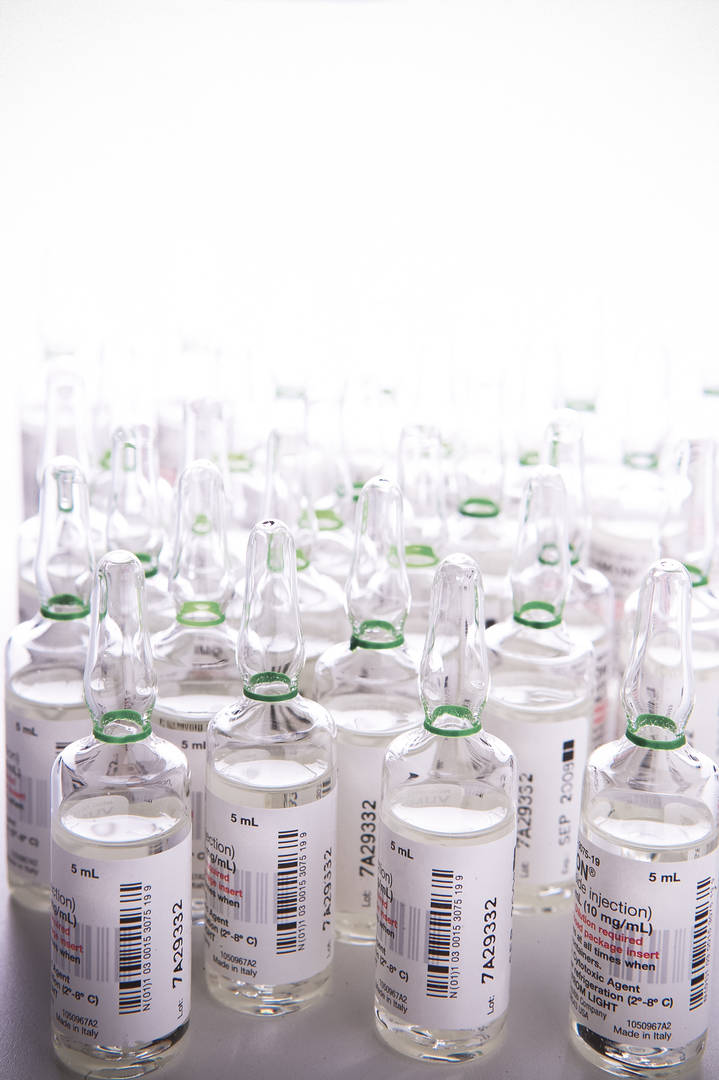The Power of Patient Activation: Part Three
By AmerisourceBergen
In the final installment of our three-part series on medication adherence, we share a case study from Lash Group’s patient-centric approach to improving activation.
The Power of Patient Activation
Real-world Results
A group of patients suffering from a chronic condition was prescribed an injectable medication to treat the condition. The product manufacturer partnered with Lash Group to provide manufacturer-sponsored patient support services to these patients.

The Challenge: Move Patients from PAM® Level 2 to 3
When the patients first began receiving adherence support services from Lash Group, these patients measured at PAM level 2 with an average PAM score of 41.7. To reach a suitable level of activation, the program focused on moving patients from PAM level 2 to 3.
To move patients to the next PAM level, the clinical support team needed to address the following barriers:
- More than 1/3 of patients had a therapy-related barrier (technique of self-injection, impact to daily lifestyle, duration of treatment regimen)
- Approximately 1 in 6 patients had condition-related barriers (understanding and management, severity of symptoms, challenges with depression or stress)
- 1 in 7 had a behavior-related barrier (lack of understanding of importance of long-term medication use when condition being treated is asymptomatic)
- 1 in 8 had a socioeconomic barrier (low income, health literacy)
The Approach: Improve Activation with Patient-centered Support
To resolve these barriers and move patients forward, Lash Group’s clinical support team had access to the following types of interventions:
- Coaching patient through gaps in knowledge or literacy
- Discussing solutions for administration
- Educating family members about how to support the patient
- Introducing reminder strategies, such as calendars, phone reminders and pill boxes, to stay adherent
- Exploration of patient’s understanding of condition and product
- Providing financial assistance as identified through assessment
The Results: Improved Activation
Upon reassessment, patients improved their PAM score by 15.5 points, on average, and moved from PAM level 2 to 3.
Get the ebook
In this series, we've examined the pitfalls of historic approaches to adherence and how to improve activation through measurement and engagement. Be the first to know when all three parts are available in our Power of Patient Activation ebook, and get it and other insights delivered right to your inbox.



